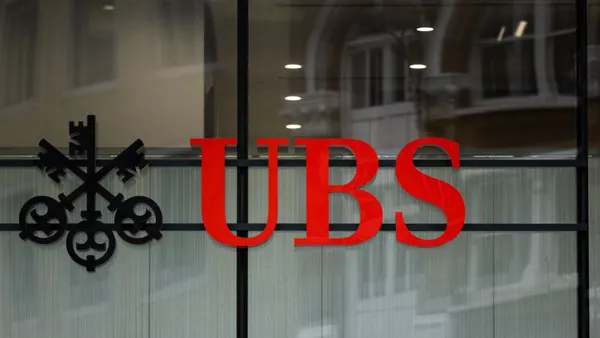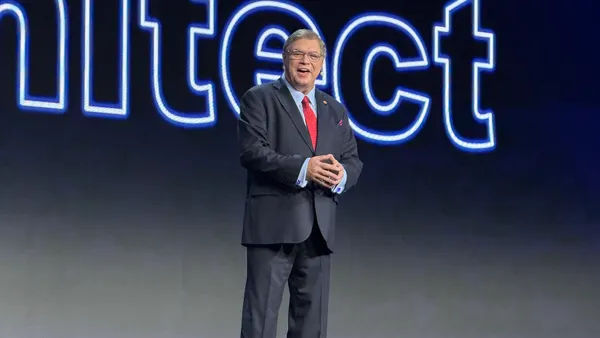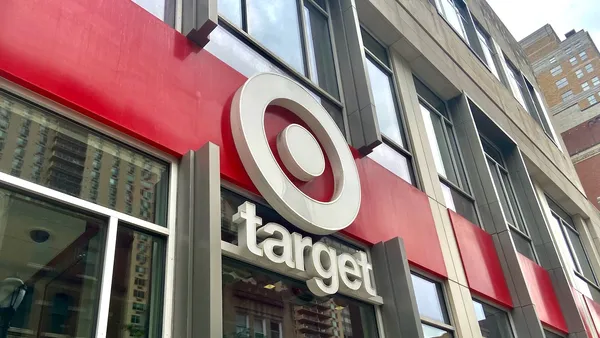Microsoft has been in the news lately for the company’s initiative to recognize the training efforts of its sales force with digital badges. Recently Fast Company highlighted Microsoft’s efforts to become more involved in directly training its workforce through a series of MOOCs that it developed in partnership with INSEAD and Intrepid. To increase engagement and provide recognition to learners, Microsoft offers verifiable, digital badges — issued through Pearson’s digital badging platform, Acclaim — to employees who complete a series of end-of-course requirements.
Badges are digital assets used to communicate an achievement or credential. Unlike typical visual representations, open badges link to metadata that provides context and verification. Because badges are digital, they are capable of being shared across the Internet for maximum visibility and recognition. A badge communicates three things without sacrificing verification or context:
- Who did something?
- What did they do?
- Who says they did it?
Microsoft’s sales force has embraced not only the online learning opportunity, but also the digital badges they are issued. In the Fast Company article, Microsoft program manager Hilary Albert attributes that level of engagement to three main factors. "It’s a way for people to take part in a prestigious institution. It’s a way to differentiate yourself from other people that work here. And because it’s a co-branded badge, it has value outside of Microsoft," she says.”
Another factor behind those high engagement levels could be explained in a recent white paper released by IBM’s Smarter Workforce Institute. In How do I recognize thee, let me count the ways, Dr. Haiyan Zhang presents evidence linking recognition from an employer to higher engagement among employees. Zhang reports that when employees receive recognition for a job well done, their overall engagement level is as high as 76%. For employees who receive no recognition, the engagement level falls significantly — to just 28%. For the purpose of this study, engagement is defined as the extent to which employees are motivated to contribute to an organization’s success.
Employee engagement levels can impact an organization in a variety of ways:
- Employee turnover rates
- Daily productivity
- Client satisfaction
- Company growth
Zhang’s research finds that, not only does recognition increase an employee’s engagement, but multi-channel recognition drives even higher levels of recognition. Digital badges are not only the modern method for conferring recognition, but they’re any easy way to encourage multiple touchpoints of recognition — first from the employer, then from each social channel to which the badge is shared.
This connection between engagement rates and multi-channel recognition is proving itself out in real time, as demonstrated in badge earner sharing and engagement trends that Acclaim is seeing. The programs with the highest badge acceptance rates also correlate with highest levels of sharing
That means for programs such as the Microsoft training courses, which report high course completion rates and certificate earning rates, badge earners are actively accepting and sharing their badges. Of learners who earn a Microsoft badge, almost 90% have claimed their badges. Those badges have been shared from Acclaim over 3,500 times to LinkedIn, Facebook, Twitter and other online destinations. On average, each badge shared is viewed 2.4 times, indicating a strong interest from others in the badge earner’s network who would like to learn more and verify the achievements represented by these badges.
The bottom line? Badge sharing activity drives further recognition from an individual’s professional and social networks. And as the IBM researchers have pointed out, increased recognition drives increased engagement rates at work.









